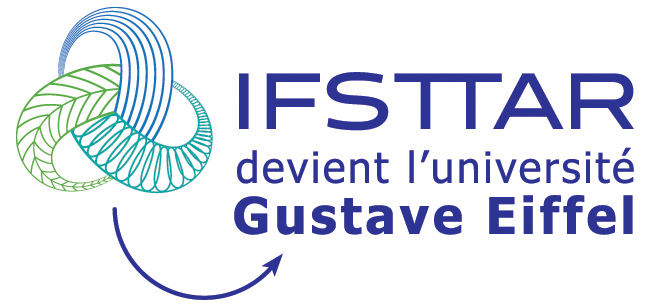Enhancement of the Piezocatalytic Response of La‐Doped BiFeO3 Nanoparticles by Defects Synergy
Résumé
Because of their intrinsic polarization and related properties, ferroelectrics attract significant attention to address energy transformation and environmental protection. Here, by using trivalent‐ion‐lanthanum doping of BiFeO3 nanoparticles (NPs), it is shown that defects and piezoelectric potential are synergized to achieve a high piezocatalytic effect for decomposing the model Rhodamine B (RhB) pollutant, reaching a record‐high piezocatalytic rate of 21 360 L mol Fe2+ min−1 (i.e., 100% RhB degradation within 20 min) that exceeds most state‐of‐the art ferroelectrics. The piezocatalytic Bi0.99La0.01FeO3 NPs are also demonstrated to be versatile toward various pharmaceutical pollutants with over 90% removal efficiency, making them extremely efficient piezocatalysts for water purification. It is also shown that 1% La‐doping introduces oxygen vacancies and Fe2+ defects. It is thus suggested that oxygen vacancies act as both active sites and charge providers, permitting more surface adsorption sites for the piezocatalysis process, and additional charges and better energy transfer between the NPs and surrounding molecules. Furthermore, the oxygen vacancies are proposed to couple to Fe2+ to form defect dipoles, which in turn introduces an internal field, resulting in more efficient charge de‐trapping and separation when added to the piezopotential. This synergistic mechanism is believed to provide a new perspective for designing future piezocatalysts with high performance.
Fichier principal
 Wafa Amdouni-Enhancement of the Piezocatalytic Response.pdf (1.07 Mo)
Télécharger le fichier
Wafa Amdouni-Enhancement of the Piezocatalytic Response.pdf (1.07 Mo)
Télécharger le fichier
| Origine | Fichiers produits par l'(les) auteur(s) |
|---|
